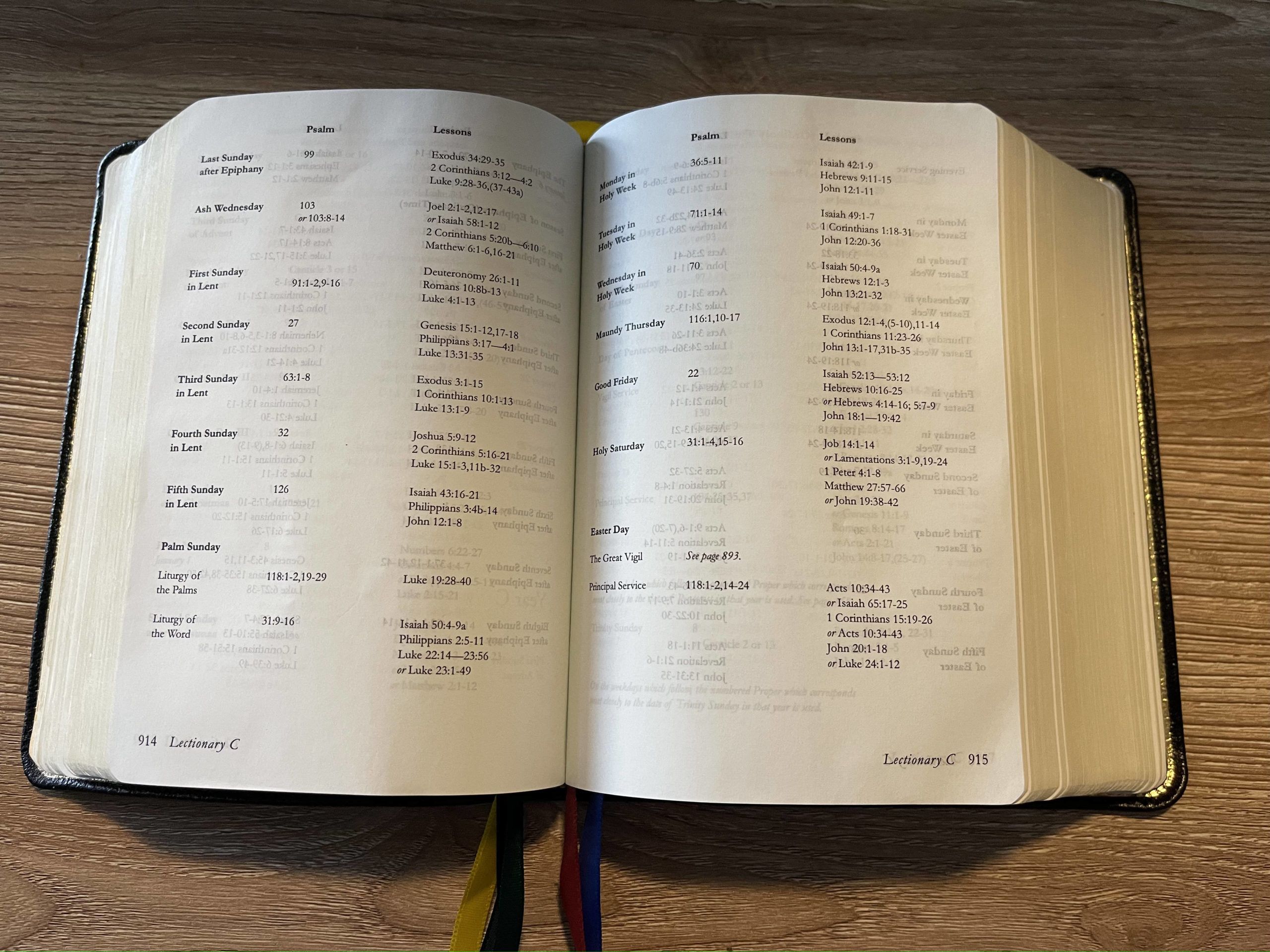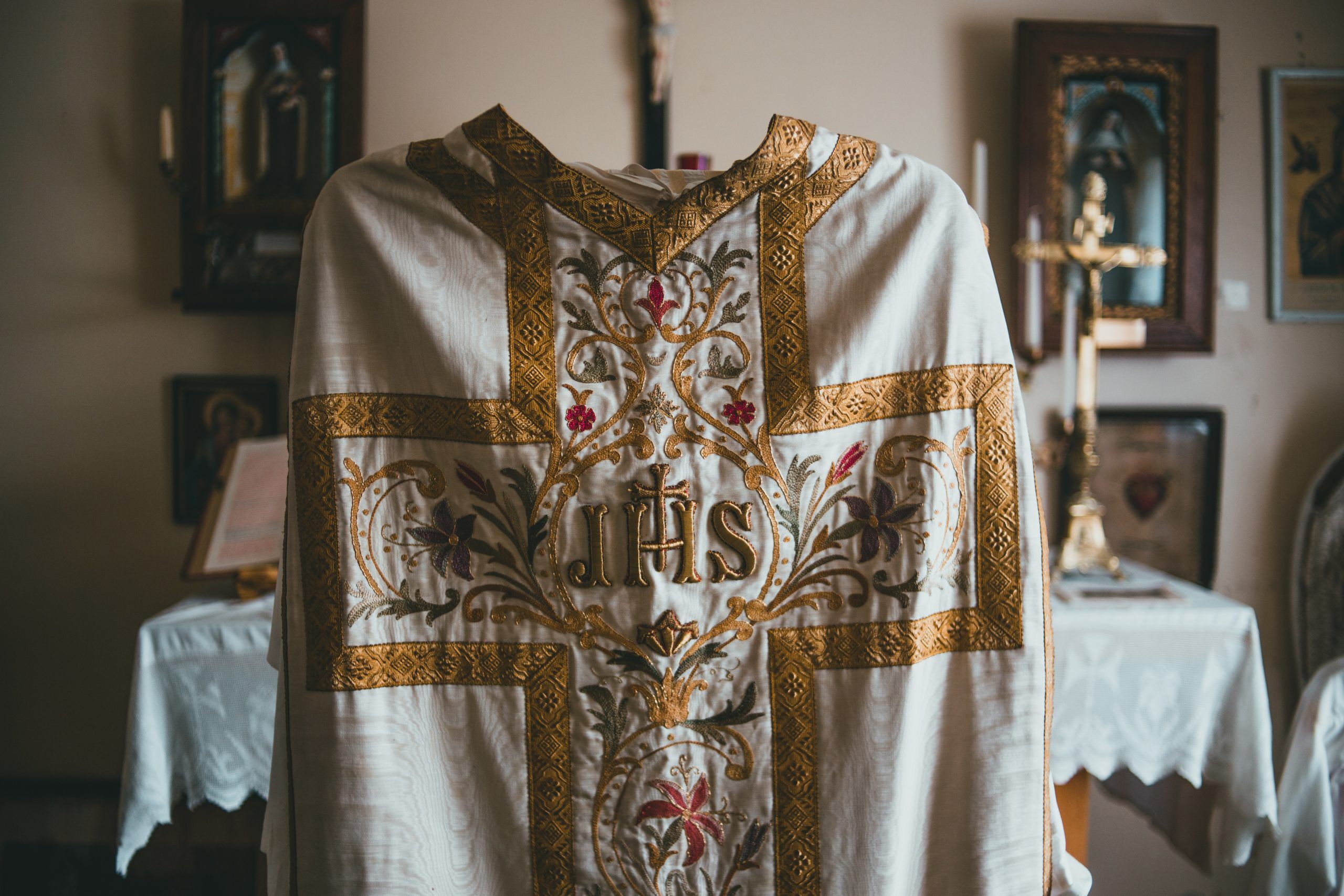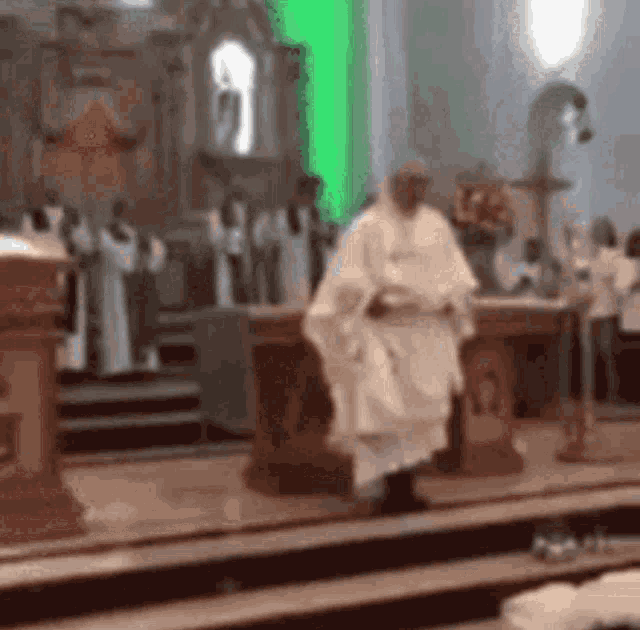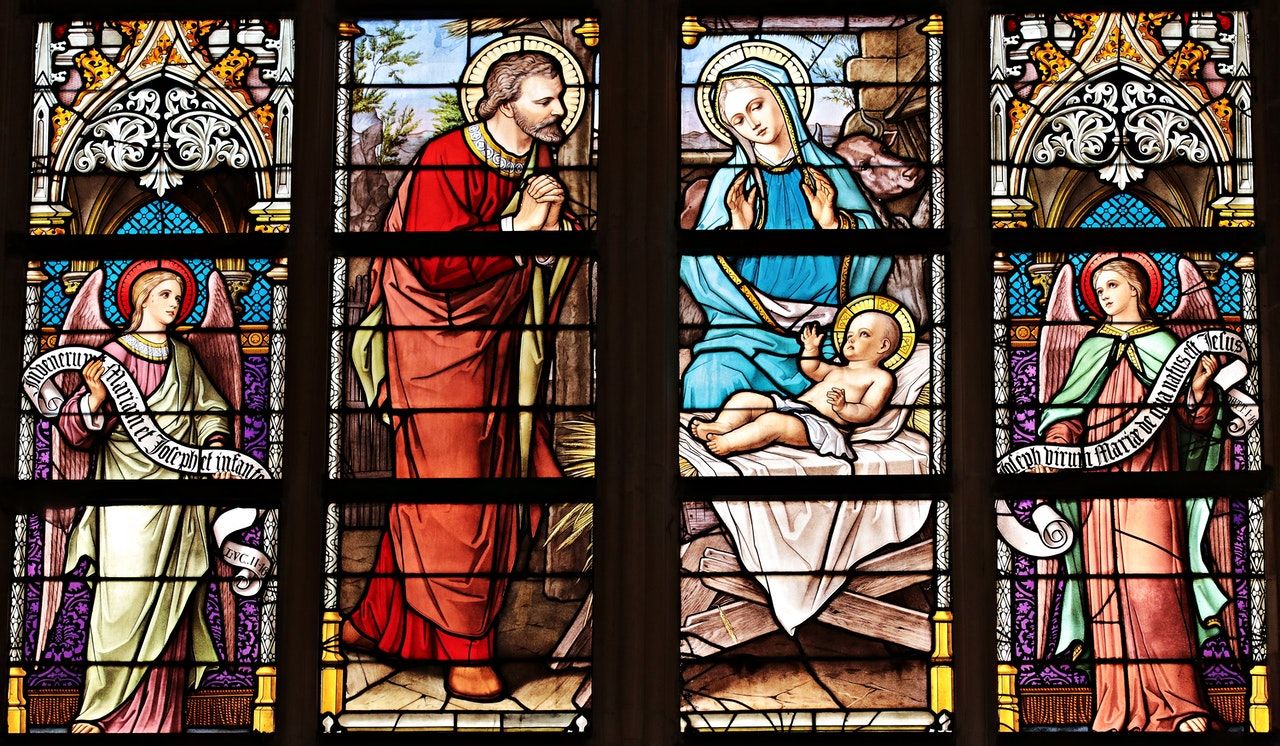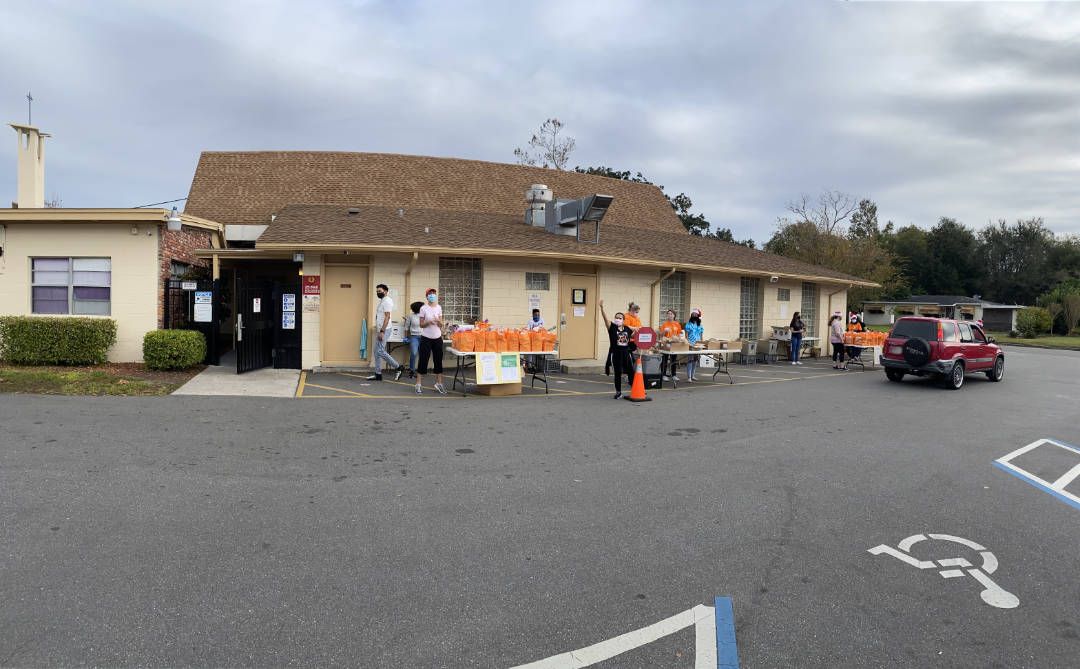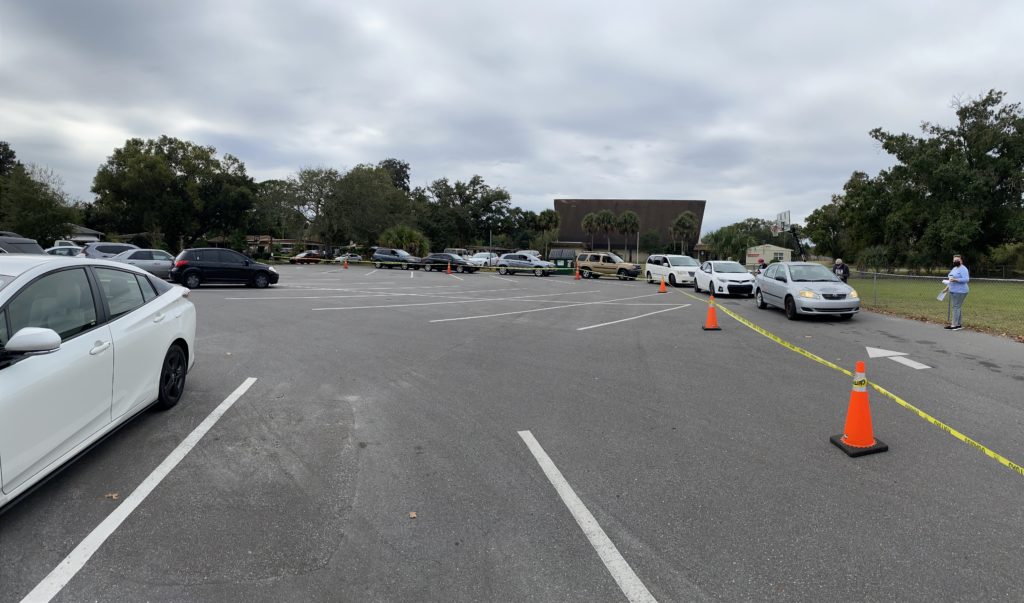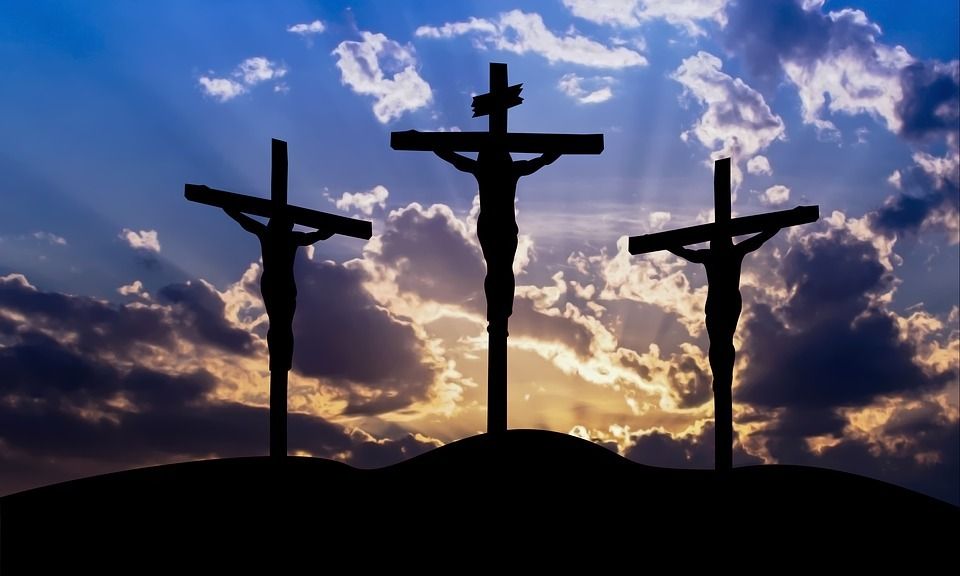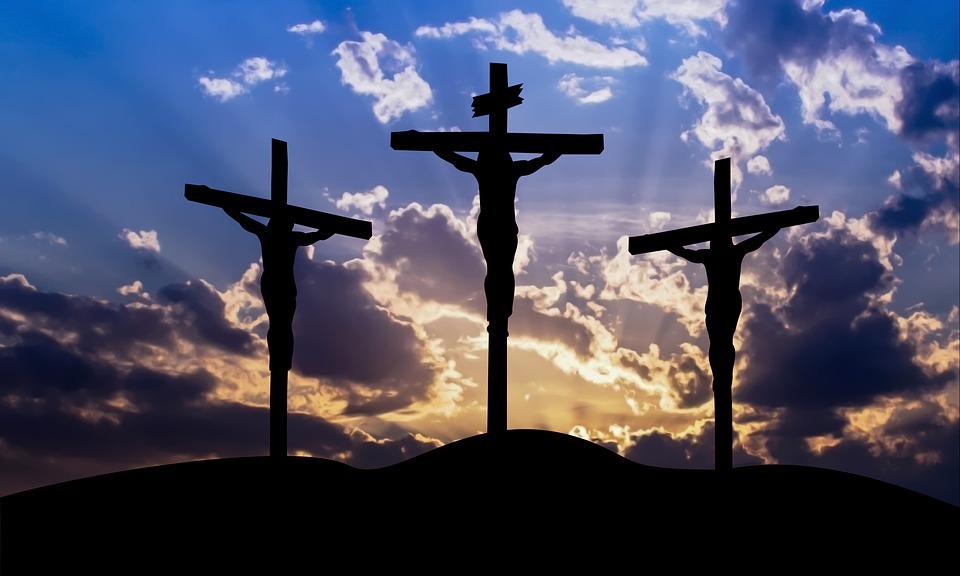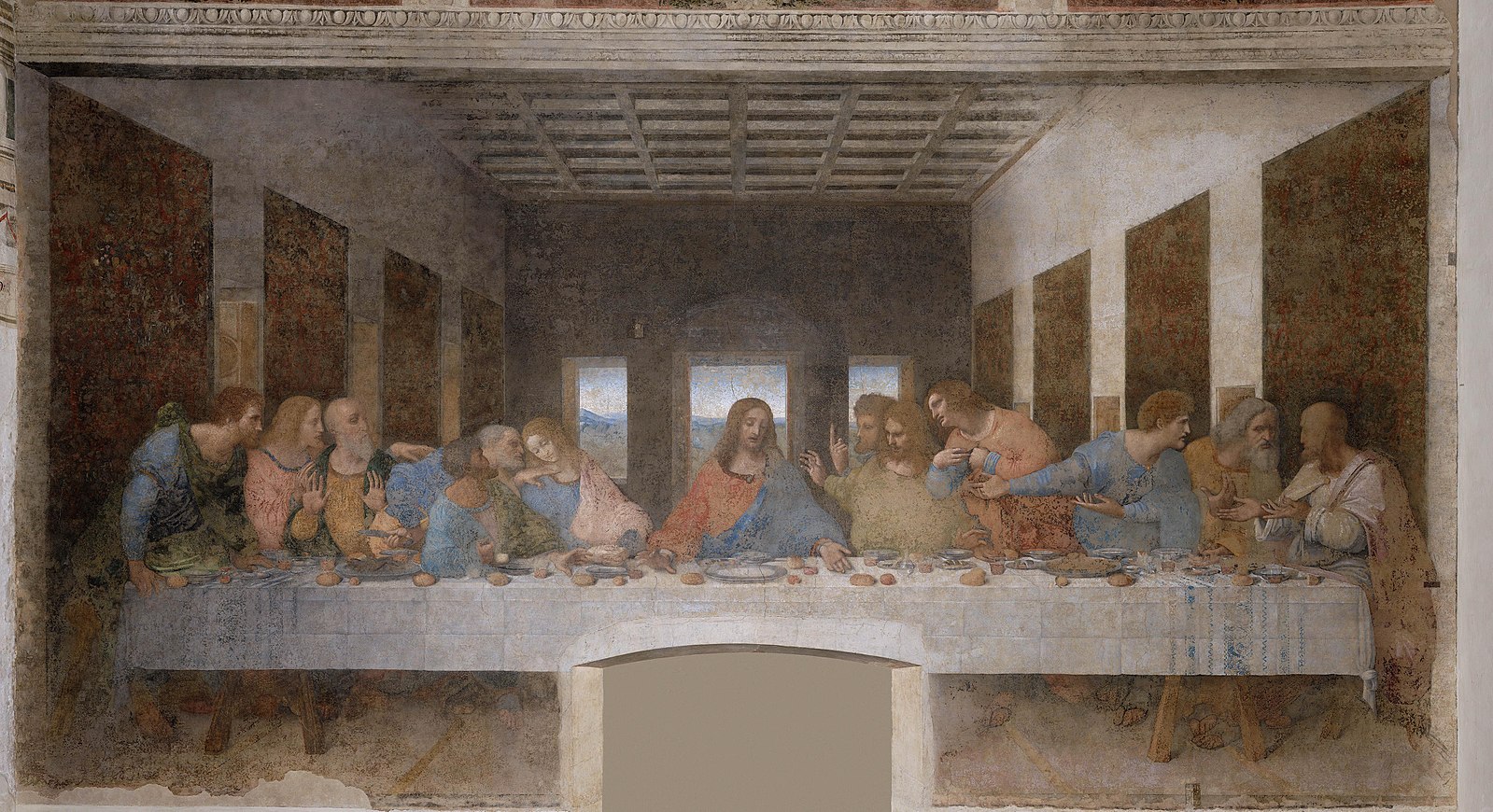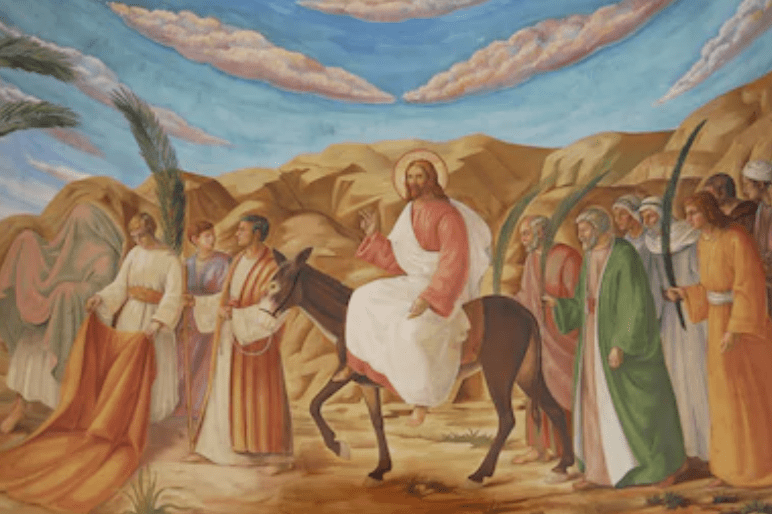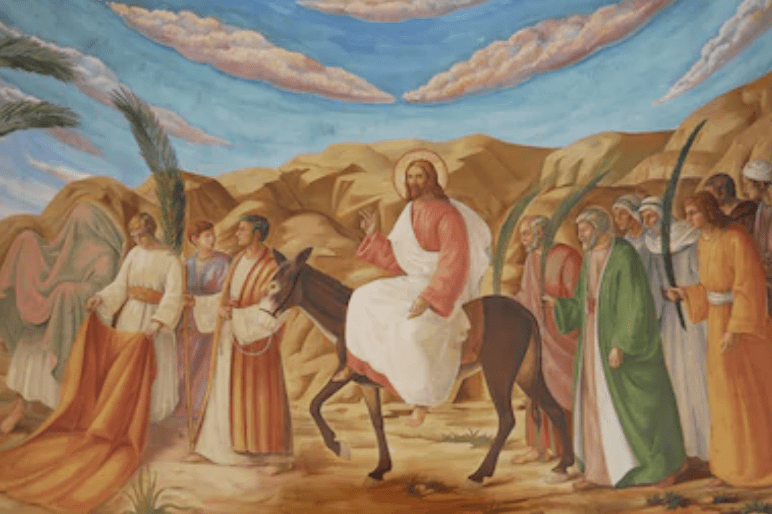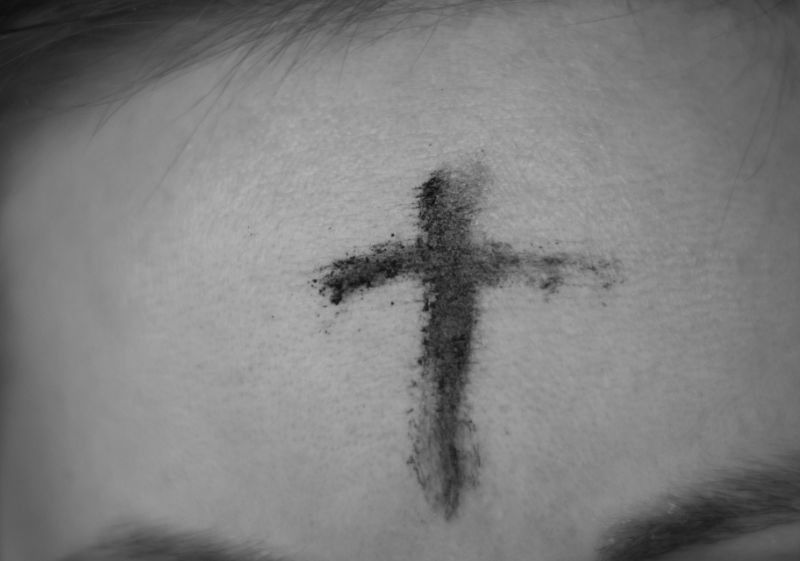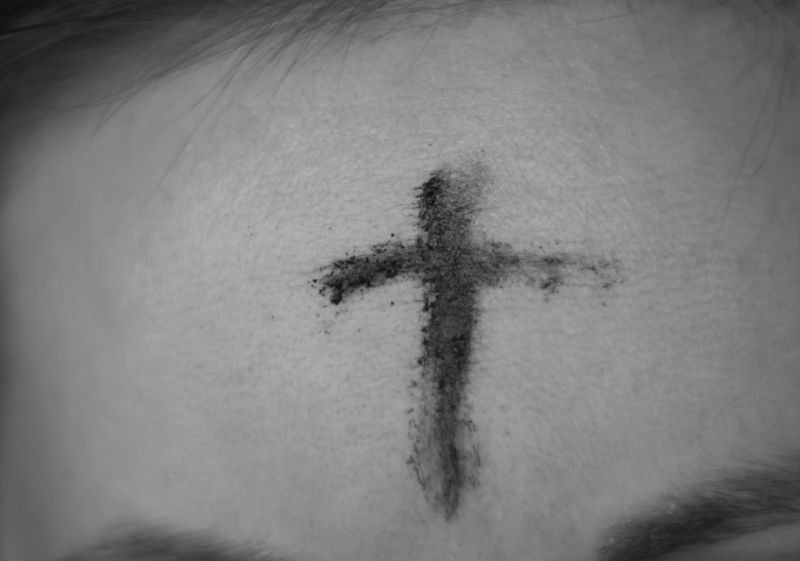Deciding Liturgy for Worship and Daily Office
Did you know that thousands of churches around the globe are reading the same scripture as you every Sunday morning? How is it that an Episcopal Church in Orlando is reading the same scripture as a Roman Catholic Church in Canada? Simple we draw our scripture readings from our common lectionary!
A lectionary is simply a table designating the readings of scripture that should be read for a given day. Between pages 889-912 in the Book of Common Prayer(BCP) you can find the prescribed Sunday reading! The Lectionary runs in a three year cycle Year A (Gospel of Mathew), Year B (Gospel of Mark), and Year C (Gospel of Luke).
Sunday Service
Let’s say we are in Year C and we want to know what the readings are for this upcoming The Fifth Sunday in Lent. All we have to do is turn to Lectionary C section in our BCP and search until we find the date in this example page 914 that’s it!
If you don’t have a BCP handy we offer it fully online 1979 Book of Common Prayer! Choosing The Lectionary – Year C scrolling down to The Fifth Sunday in Lent we find the same readings to be the following.
- Old Testament: Isaiah 43:16-21
- Psalm: Psalm 126
- Epistle: Philippians 3:4b-14
- Gospel: John 12:1-8
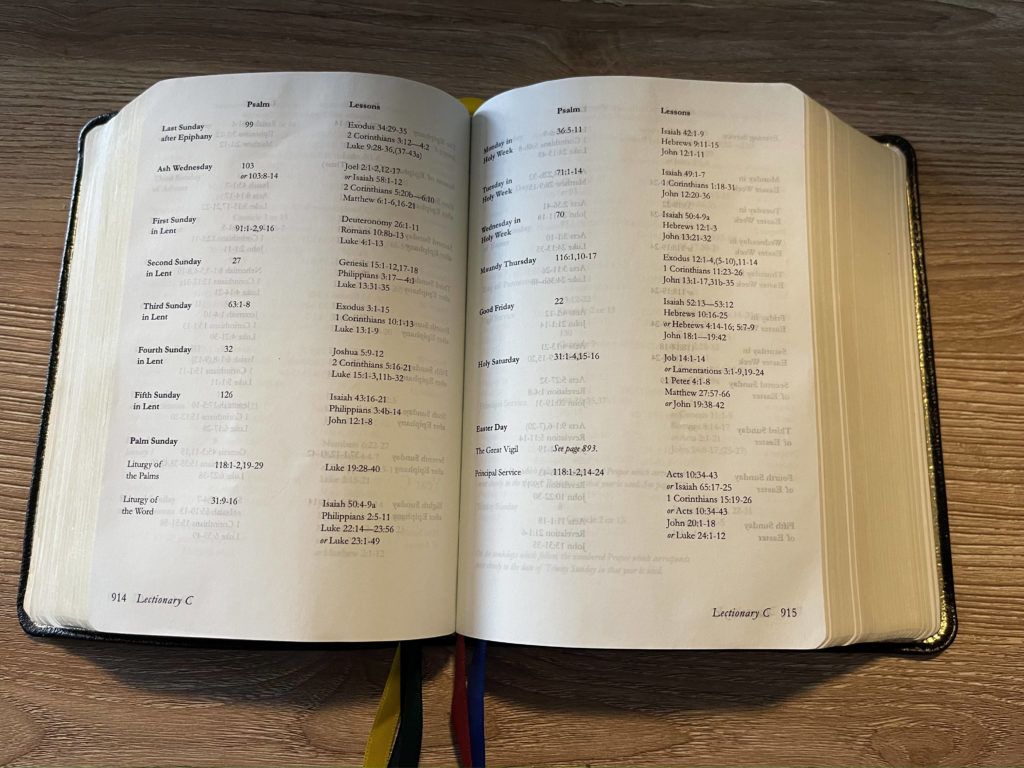
Daily Office
All scripture is inspired by God and is useful for teaching, for reproof, for correction, and for training in righteousness, so that everyone who belongs to God may be proficient, equipped for every good work.
2 Timothy 3:16-17
We are called to engage with God’s word more than just during Sunday worship. One way in which we are able to do so is by reading the Daily Office, participating in Morning and Evening Prayer. The purpose of the Daily Office is to provide an easy to follow plan to help you draw closer to Christ in study and prayer.
The two primary services in the Daily Office are Morning and Evening prayer which come in two forms Rite One and Rite Two. If you prefer older english with Thees and Thoughts then you would prefer Rite One, otherwise for more modern language many prefer to use the updated Rite Two, however both are full valid options within the Episcopal Church! You can find the Daily Offices between pages 37 and 140 in the BCP.
- Daily Morning Prayer: Rite One
- Daily Evening Prayer: Rite One
- Daily Morning Prayer: Rite Two
- Daily Evening Prayer: Rite Two
While reading Morning or Evening prayer there will be parts that allow for the reading of the daily Psalm, Old Testament, and New Testaments readings. How do we know what scripture exactly are we supposed to read? Much like the Lectionary used for Sunday Worship we have a dedicated Daily Office Lectionary.
The Daily Office Lectionary runs on a two your cycle so we are either in Year One or Year Two. Knowing the year and season we are in we are able to look up the scriptures to be read for any given day. The Daily Office Lectionary can be found on BCP 936.
If we are in Year Two in Week 5 of Lent on a Friday the following would be the prescribed scriptural readings.
- Morning Prayer Psalms: 95 & 22
- Morning Prayer Old Testament: Exodus 9:13-35
- Morning Prayer New Testament: 2 Corinthians 4:1-12
- Evening Prayer Psalms: 141, 143-1-11(12)
- Evening Prayer New Testament: Mark 10:32-45
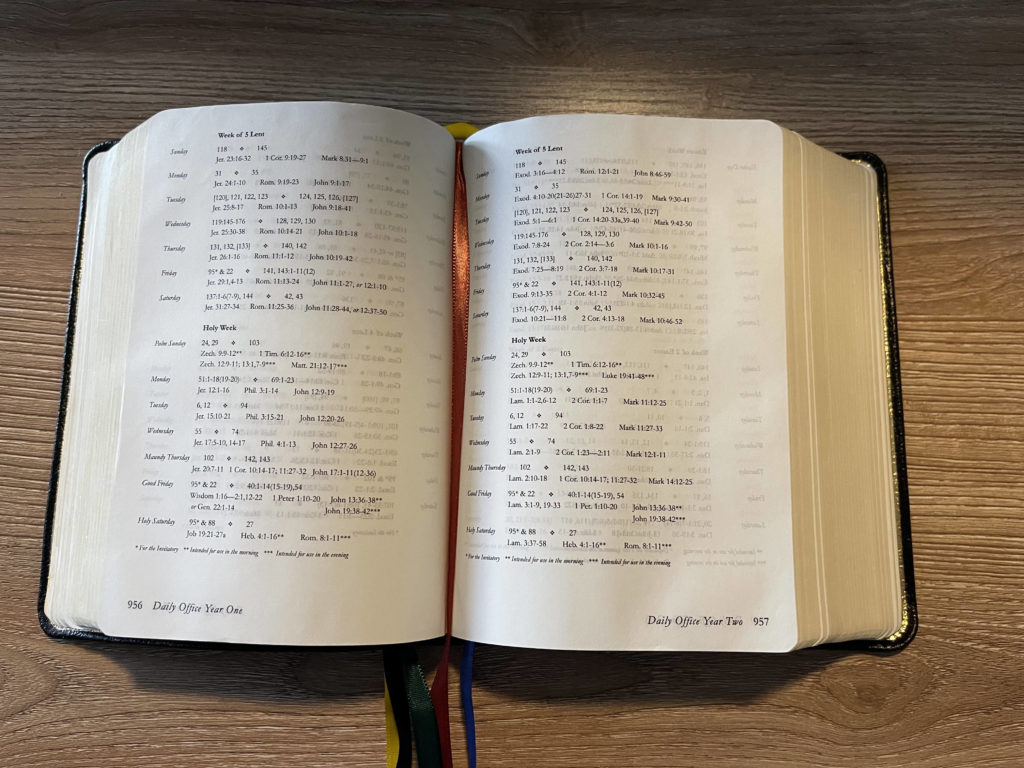
HINT: If you don’t know what week we are in the easiest way to find out is to check lectionarypage.net.
Closing
There are countless websites and mobile apps (ours included) that simply tell you what scripture is designated for a given day, but I hope you found this article helpful to know how to do it “OLD-SCHOOL” and provides you a backup in case you find yourself unable to access other resources. God Bless!

